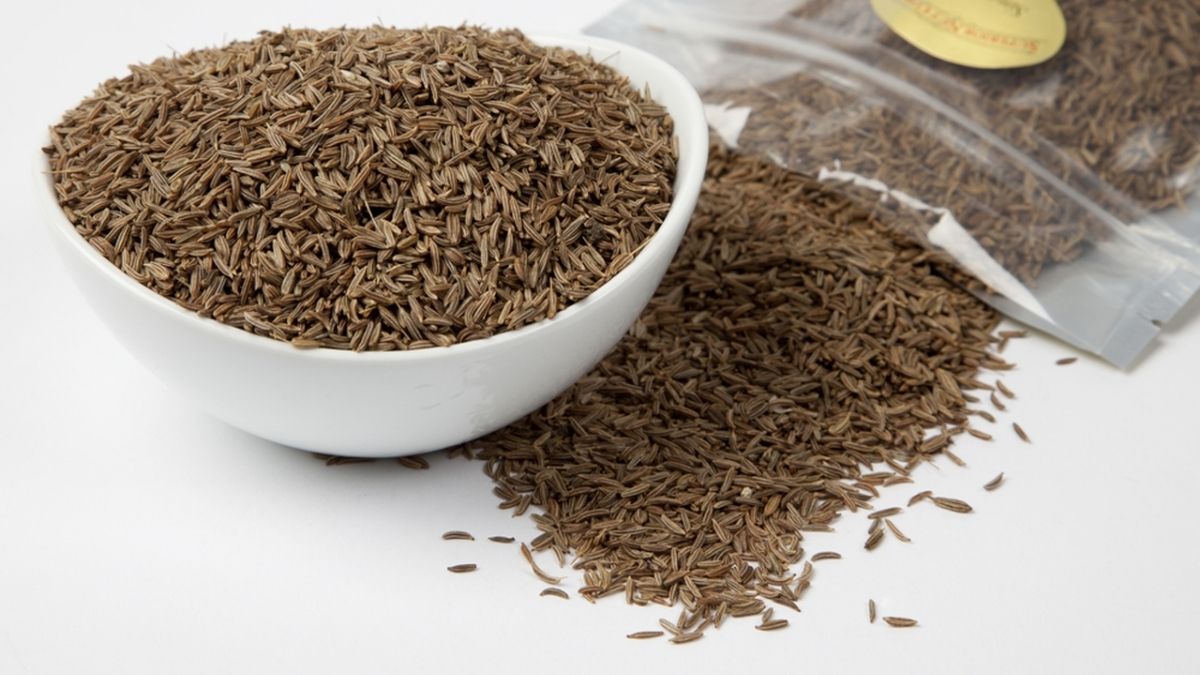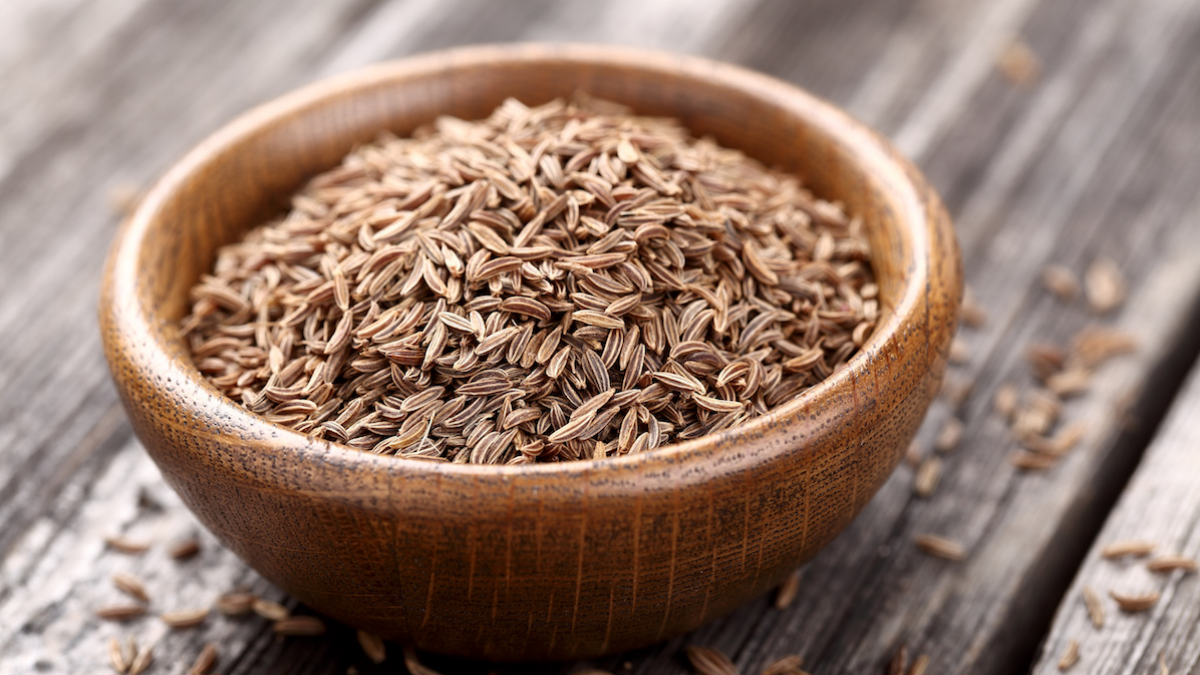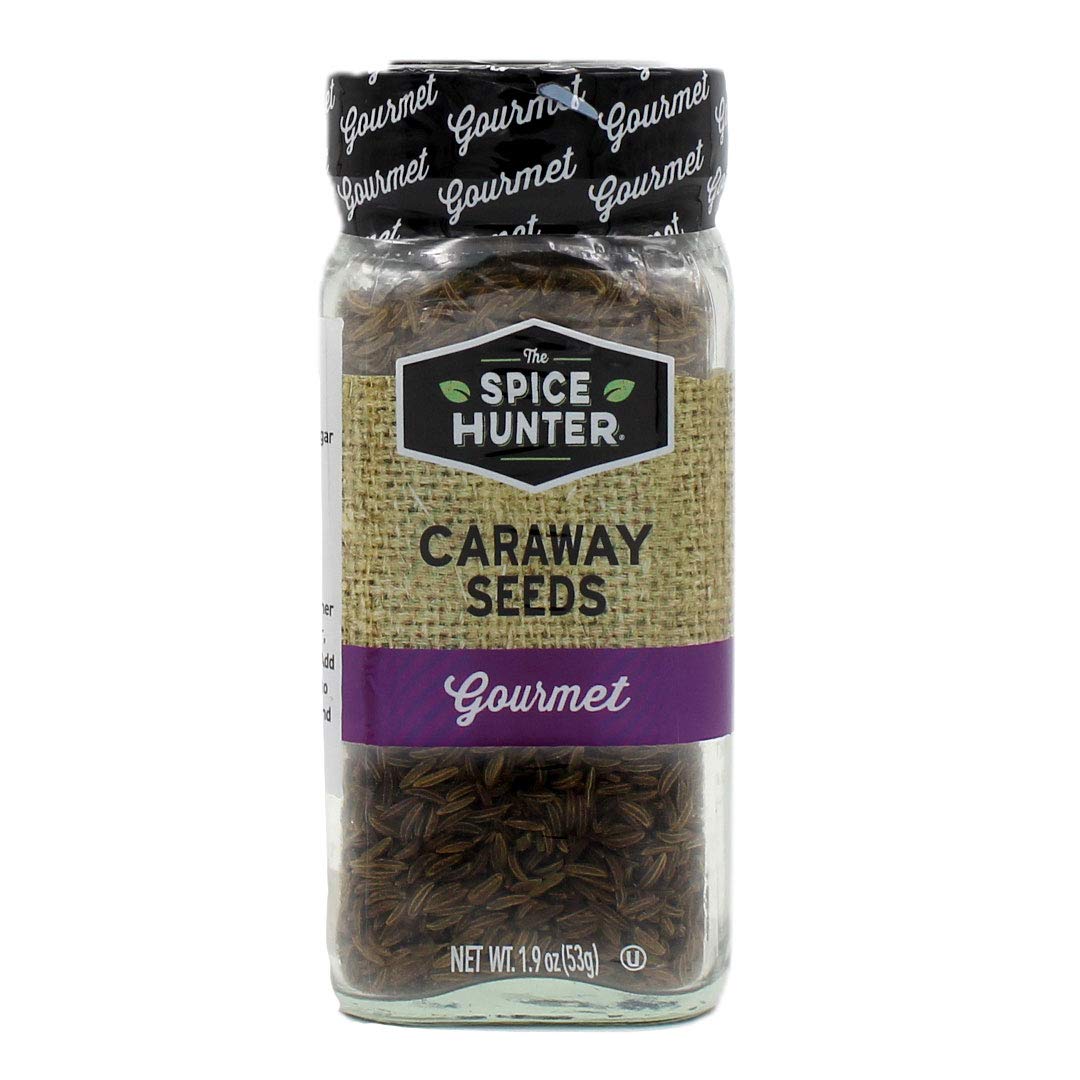Caraway is one of my favorite spices to use in various dishes. Although the spice looks and tastes like cumin, it has a different flavor. Its intense flavor and aroma can give an incredible depth from meat recipes to baked products.
Caraway is the dried fruit, or seed, of Carum carvi, a biennial herb in the parsley family (Apiaceae, or Umbelliferae) native to Europe and western Asia. It has grown since antiquity. It has a pronounced anise-like aroma and a warm, slightly harsh flavor.
Caraway and cumin seeds are similar in appearance, except that cumin seeds are lighter in color and less curled. However, there is a significant difference in taste between the two spices: Cumin has a warm, earthy, slightly spicy flavor, while Caraway has strong licorice and citrus undertones.
Caraway seeds are commonly used to flavor rye bread, biscuits, cakes, stews, meat dishes, cheeses, sauerkraut, and pickles throughout Central and Eastern Europe; they are also frequently paired with potatoes and apples.
What is Caraway, and How can I Use it?
It’s worth noting that I didn’t call the spice caraway seed. Caraway is a flowering plant from the Apiaceae family native to Europe, North Africa, and Asia. Carrots, fennel, and cumin are related relatives. The plant’s fruit is the “caraway seed” we often refer to. Though the tiny fruit is the most commonly utilized part, the leaves, and roots are also edible and used in various cuisines worldwide.
It is typically associated with rye (or dark rye) bread in the United States. Caraway is used in various ways across the rest of the world. Desserts, baked foods, and alcoholic beverages (such as Aquavit) are the most popular. Following that are sauerkraut, harissa, stews, casseroles, and seasoning for beef and pork. Long-simmering meals benefit from the backbone that a pinch of Caraway provides.
The leaves can be used as a herb in soups, salads, and stews, and the root is commonly treated like other root vegetables (comparable to parsnips). Many classic cakes and pastries in the Middle East have Caraway as a critical component. Surprisingly, Caraway is also utilized in numerous fragrances, soaps, and lotions.
What does Caraway Taste Like?
Caraway has a strong scent and flavor. The predominant flavor is anise or licorice, with undertones of citrus and pepper, adding brightness and warmth. There’s also a bittersweet undertone that helps balance the licorice flavor and prevents it from dominating the other components.
Caraway has an earthy flavor with citrus undertones that intensifies while cooking as the volatile oils in the essential oil evaporate into the liquid in use. The taste of rye bread is derived from caraway seeds. Sauerkraut and various types of meat, such as venison, lamb, duck, goose, and rabbit, are seasoned.
Caraway has a pungent odor with citrus overtones, which is not surprising given that they belong to the same plant family as dill seed and parsley root. Caraway loses much of its aromatic perfume when cooked for long periods but gains a more earthy flavor.
The Spice Hunter Caraway Seeds
Is Caraway Good for you?
Caraway seeds are high in vitamins and minerals. However, the same properties that make Caraway so effective might cause health problems in persons with specific medical issues. For the time being, research suggests that taking modest amounts of Caraway may have several health benefits:
1. Lower Risk of Inflammation:
Caraway seeds can help reduce chronic inflammation, one of their most intriguing qualities. This form of inflammation has been linked to an elevated risk of various chronic diseases, including heart disease, dementia, and arthritis.
All of these illnesses, as well as others, can be reduced by reducing inflammation. Caraway seeds and caraway oil, according to specific research, may help reduce inflammation safely and without unwanted side effects.
This anti-inflammatory action was investigated most closely in irritable bowel syndrome and inflammatory bowel disease, showing promise in other body parts.
2. Improved Digestion:
For hundreds of years, caraway seeds have been used to help relieve the symptoms of dyspepsia (indigestion). Scientific research is now beginning to back up this age-old cure. Several studies have discovered that ingesting caraway oil can help alleviate stomach discomfort.
Caraway seeds and oil, alone or in conjunction with peppermint oil, may help relieve intestinal distress. This could be because caraway oil helps soothe the cramping muscles in your intestines. However, more research is needed to determine the source of the decreased discomfort.
3. It may Aid in Weight Maintenance:
According to some research, taking caraway extract can help you maintain or lose weight more successfully. According to the study, persons with higher BMIs could lose weight without actively changing their diets or activity levels by taking a small quantity of caraway extract daily. However, further research is needed to determine the reason for this impact.
How to Use Caraway in your Cooking?
Caraway seeds are used in rye bread and other European bakery dishes like Irish soda bread to give it a strong scent and flavor (via MasterClass). The Spruce Eats suggests toasting the seeds in a skillet over medium-high heat before using them in baked items to enhance their flavor.
Spiceography suggests adding caraway seed to dill, parsley, or cumin recipes, even though it doesn’t go well with every herb and spice.
Spiceography suggests placing the seeds in cheesecloth to infuse the flavor into soups or broths if the harsh texture bothers you. Cooked carrots, cabbage, casseroles, soups, and stews benefit from adding caraway.
What can I Substitute for Caraway?
Though there is no ideal equivalent for Caraway, as with most spices, many other herbs can come close. Dill and coriander seeds provide the brightness of Caraway without the harsh licorice overtones that the others do. Anise seeds, fennel seeds, and star anise, not unexpectedly, will get you rolling in the proper (licorice-like) way.
For meals, I cook a lot of vegetables. And I’ve discovered throughout the years that a few spices appear to enhance and elevate the flavor of vegetables without obscuring them. As a result, you might want to explore combining some or all of the above to create a unique combination.
Caraway is the one that I use the most. Caraway lends so much flavor to the party beyond licorice that it has become an almost daily aspect of my cuisine, even if I’m not a great fan of licorice. Remember that a little goes a long way with Caraway, but that little bit will surprise and delight you.
Conclusion
Caraway “seeds” are widely available in supermarkets, spice shops, and online. You’ll have to produce your leaves and roots if you want to attempt using them, and I’ve never seen the leaves or roots for sale at farmer’s markets.
It is, nevertheless, a simple plant to cultivate, even in colder areas, provided the plants are covered during the coldest months. They treat digestive issues such as heartburn, bloating, gas, loss of appetite, and minor stomach and intestinal spasms. Caraway oil is also used to aid coughing, enhance urine control, destroy microorganisms in the body, and treat constipation.




